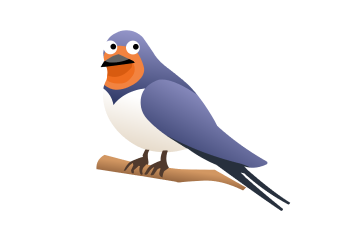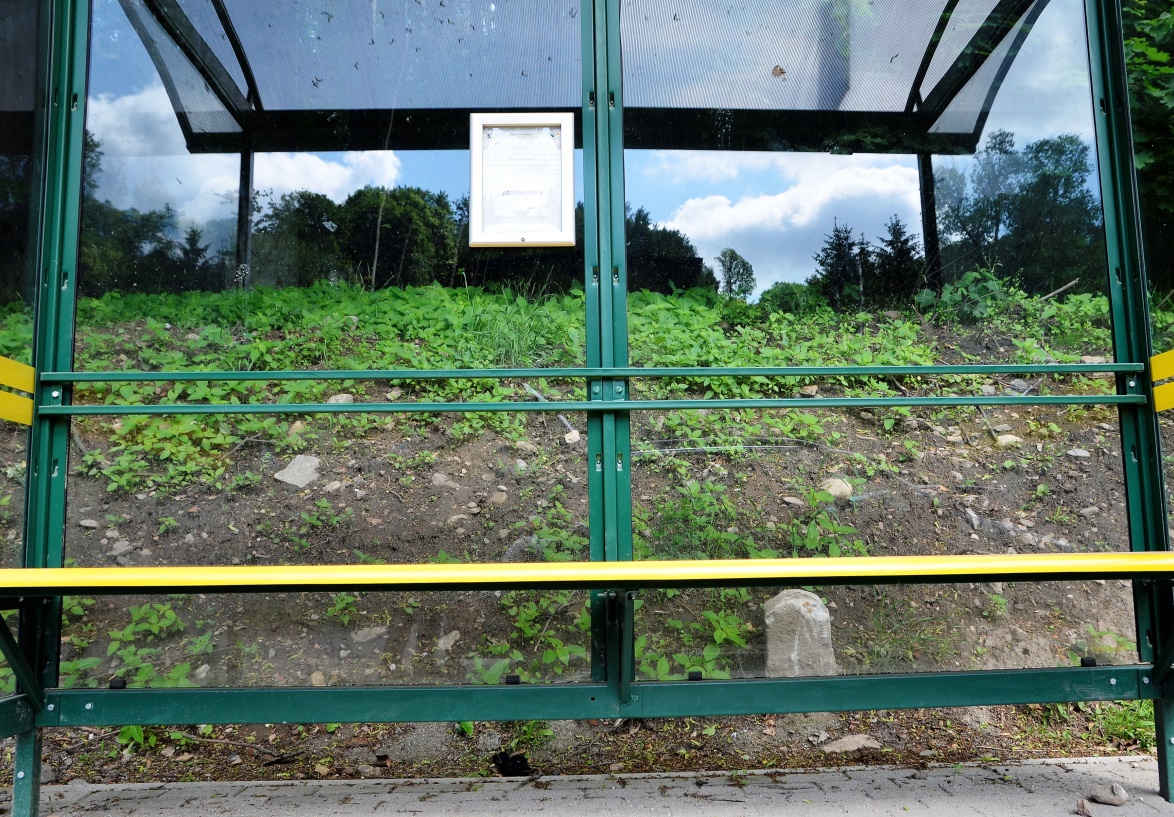

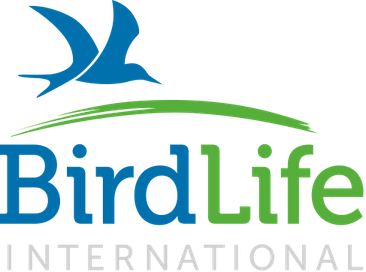

Make Spring come Alive in your garden or balcony each year!
The arrival of migratory birds signals a change in seasons, when life is in full swing. Use this cue to get out and enjoy nature, and at the same time give something back.
Follow our advice and make simple changes to make your garden, balcony, or school bird-friendly.
Whatever time you have and whatever size space, you can take action for birds in your garden.
You might be lucky enough to get a visit from Spring Alive migratory bird species and be able to help them rest and refuel, but you will be sure to be rewarded by local wildlife thriving in your garden too.
Pretend your garden or balcony is your own nature reserve, and you are the warden.
If everyone makes their garden bird-friendly, imagine how much better birds and biodiversity will do!
And once you have done it – share it – show and tell us about your achievements on the Spring Alive facebook and flickr pages!
If you build it, they will come!
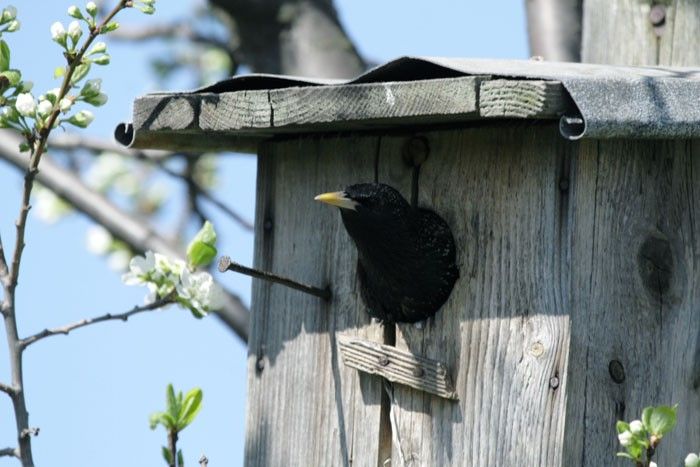 |
| Starling in a nest box, photo by A. Kogut |
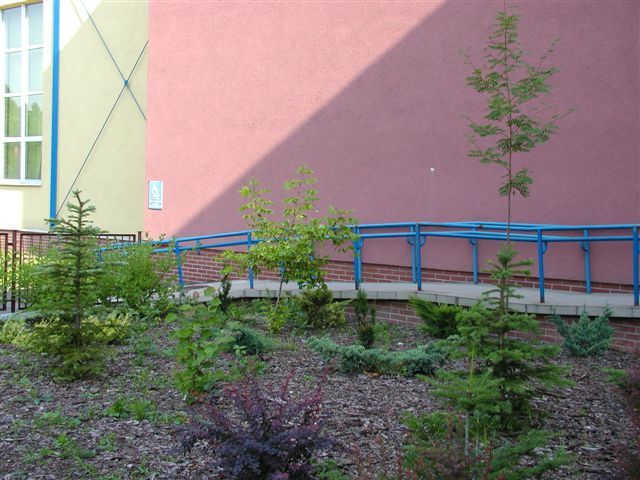 |
| A bird corner at a school yard, photo by K. Fura |
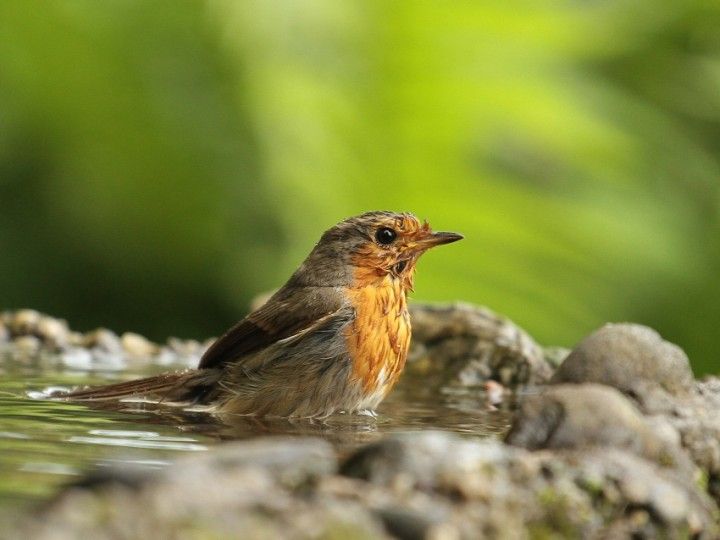 |
| Robin in a bird bath, photo by B. Fraś |
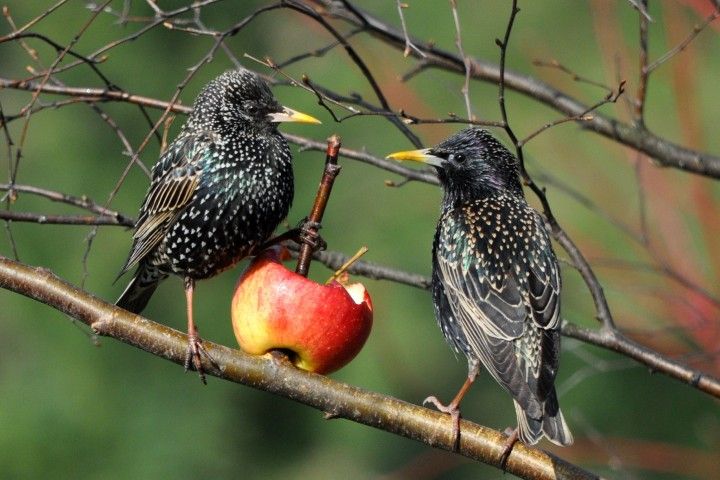 |
| Feeding with an apple, photo by I. Strzebońska |
We all need a safe and reliable source of food, and it's the same for birds, too!
Feeding is a simple and cost-effective way of helping your garden birds. It really helps out when tired adults are raising chicks and surviving cold, hard winters.
http://www.springalive.net/world/springalive/feeding-birds
It's also a great way of seeing close-up the fascinating behaviour, amusing antics and individual characters of the birds in your garden and local area.
Control your pets! Cats are big killers of birds and their chicks, so bear this in mind when installing bird boxes and feeders. Keep your cats away from bird nests!
Birds can become tangled in plastic bags, string and other garbage – resulting in injury, death or easy predation. Birds will also eat small pieces of plastic thinking they are food, causing starvation and other big problems. Pieces of garbage can be built into birds’ nests and end up killing hatched chicks. So clean up litter in your area!
Put stickers or strips of colour or hang decorations on your windows to prevent birds from flying into your windows. You can even buy bird feeders that stick to windows!
http://www.springalive.net/world/springalive/birds-and-windows
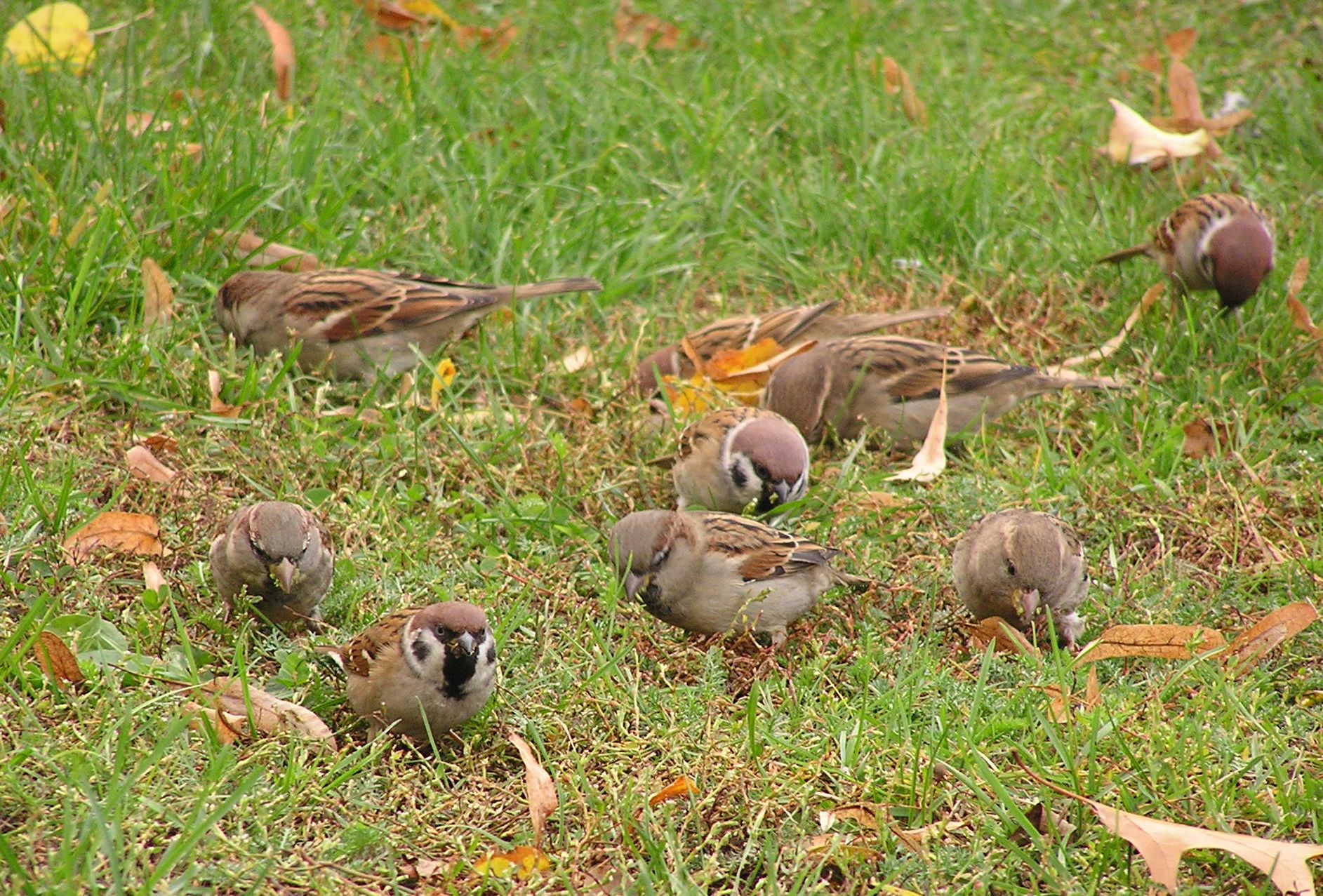 |
| Sparrows preying on a communal lawn, photo by M. Radziszewski |
http://www.rspb.org.uk/makeahomeforwildlife/.../planting/tubs.aspx
http://www.rspb.org.uk/hfw/about/casestudies/balcony.aspx
Swifts are in trouble because of the destruction of nest sites they've used for years. With modern building techniques, house repairs, renovations and even demolitions removing the old cracks and crevices swifts use, they have nowhere left to go.
As swifts return to the same nesting site year after year, fitting a swift nestbox high on your house wall the best thing you can do to help these long-distance migrants.
http://www.rspb.org.uk/discoverandenjoynature/discoverandlearn/birdguide/name/s/swift/grounded.aspx
http://www.swift-conservation.org/Installing%20Swift%20Nest%20Boxes%202013%20(small).pdf
http://www.swift-conservation.org/EuropeHelp.htm
Make small holes (50 mm high and 200 mm wide, under your garage or barn roof eaves or leave a window or door open), and a make a shelf or platform in the corner for Swallows to get in and nest in the dark. Swallows can enter a building through a very small hole and need very little light.
If you live in southern Europe and southern Africa, plant lots of native flower species to encourage bees and butterflies!
Planting hedges that help species such as Dunnock and Robin make a nest can help Cuckoos because they are host species. Honeysuckle, nettles, sallow are all good for caterpillars including some hairy ones, which Cuckoo love.
Stork return to the same nest year after year. If you are lucky enough to have a nest on your house, make sure to clean the nest of plastic and string after they have left in Autumn and before they return in Spring. Collect litter from the surrounding area so they do no use it in their nests.
http://www.springalive.net/world/springalive/cleaning-surroundings-of-storks-nests

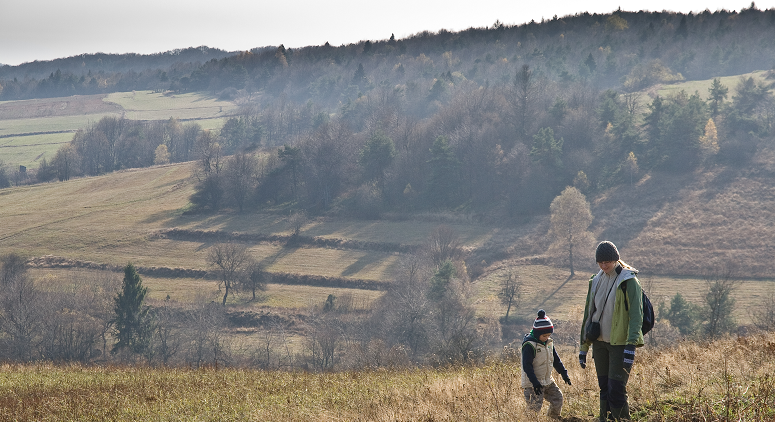
Our top 10 tips on how to be a good birdwatcher
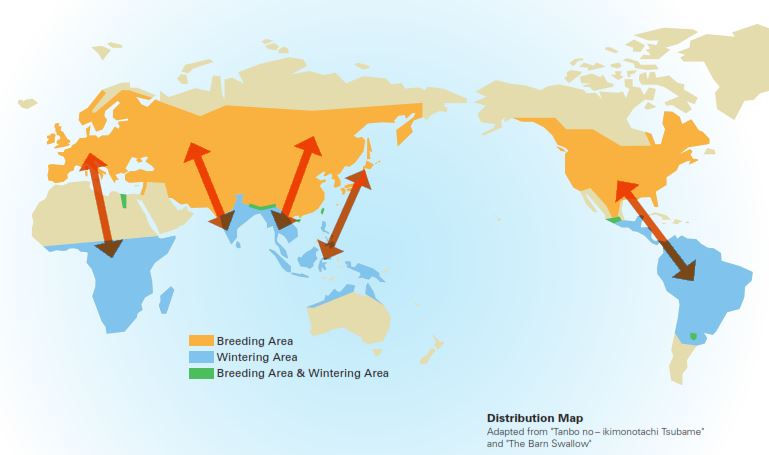
Barn Swallows are one of the most popular and familiar birds in the world. Let's meet them! :)
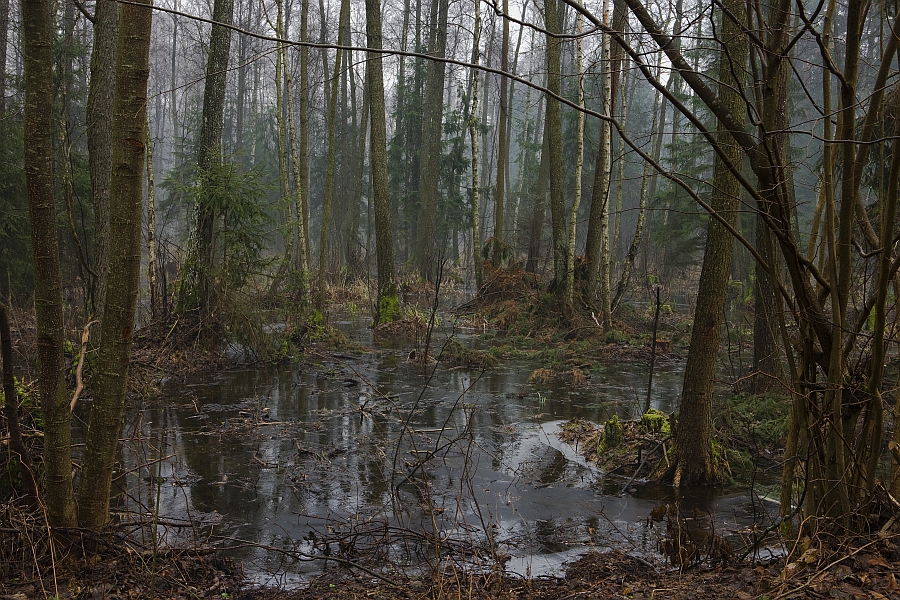
We see a baby bird on the ground and we think it is alone, helpless, small, cold, clumsy and fluffy… it is hard to resist the urge to rescue. But often people intervene when in fact most chicks are "fledglings" that should be left alone.
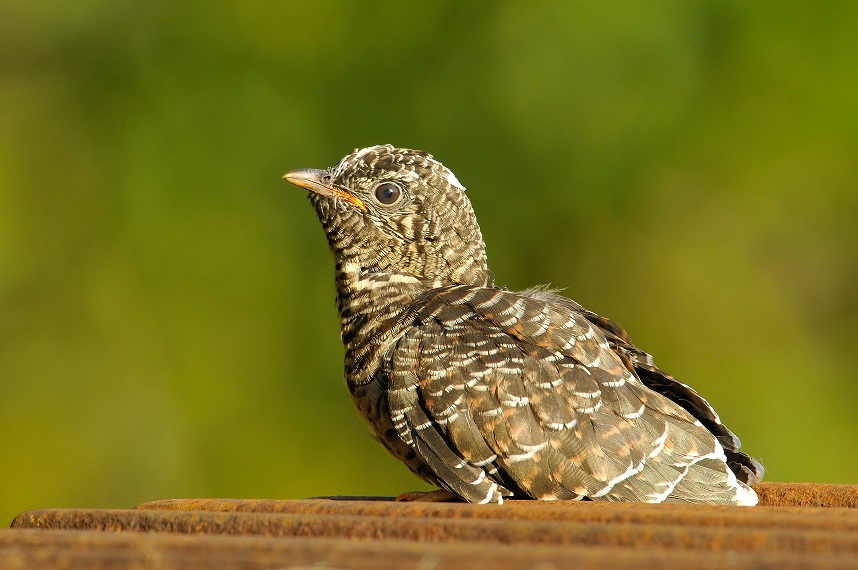
For example, children today are less likely to have heard the call of the Common Cuckoo than their parents, and much less likely than their grandparents.
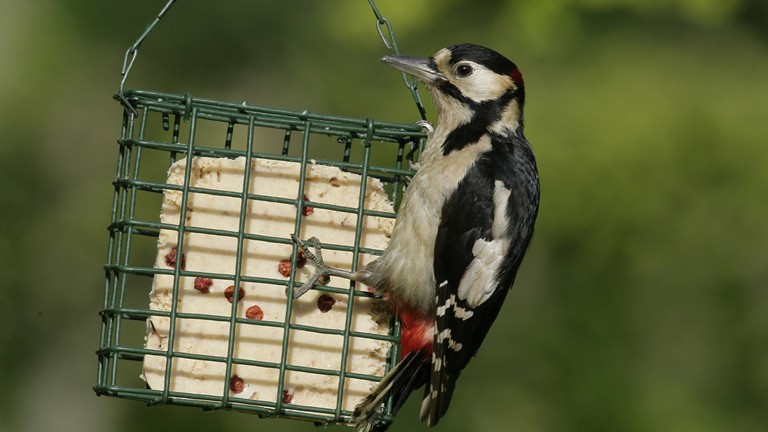
By putting out the right food at the right time of year, you can help your local birds get through times when natural food is short, and be fit and ready to breed in the spring.

Are you worried about the damage being done to a local wildlife spot, but don't know what to do about it? Maybe you have a favourite place to enjoy nature and want to make sure it's protected?
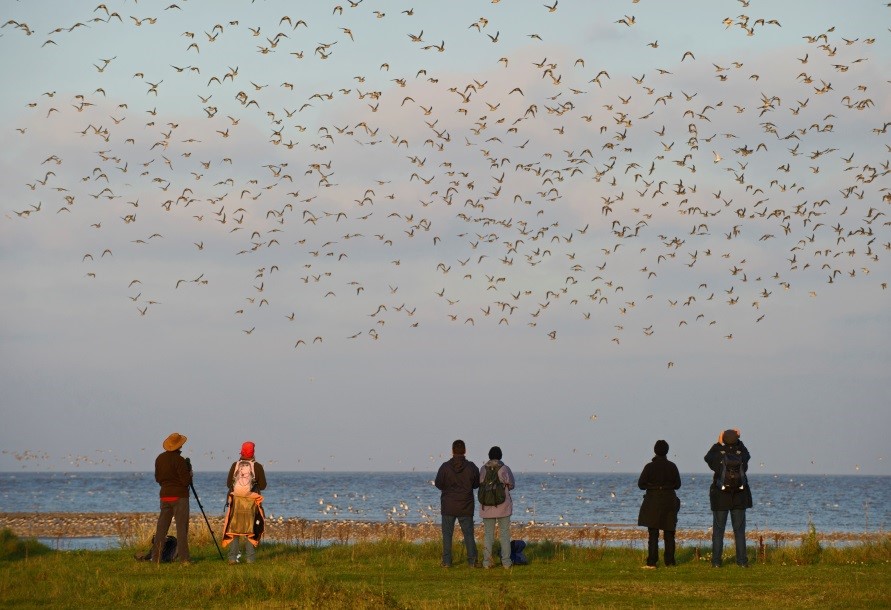
Put simply, citizen science is scientific research conducted by people who are not professional scientists. Some of the biggest discoveries in the world have been made by people without official scientific qualifications or funding.

When storks are gathering materials for their nests, they may bring back various man-made objects, without realizing that they may be dangerous.
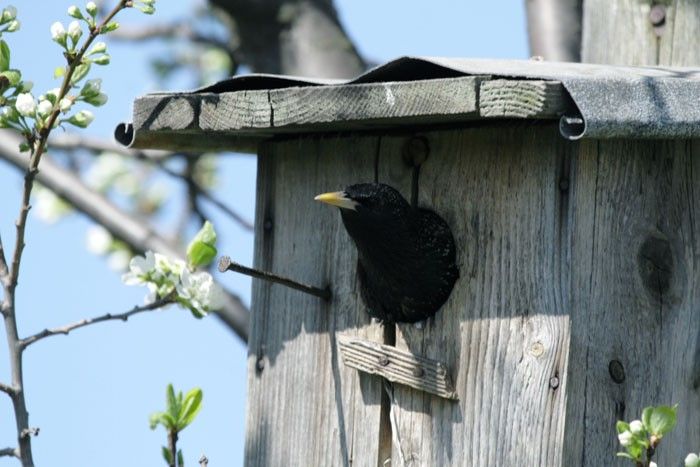
Many birds nest in holes. But modern forestry methods, and safety concerns in towns, mean that there are fewer old trees with hollows where birds can make their nests.
